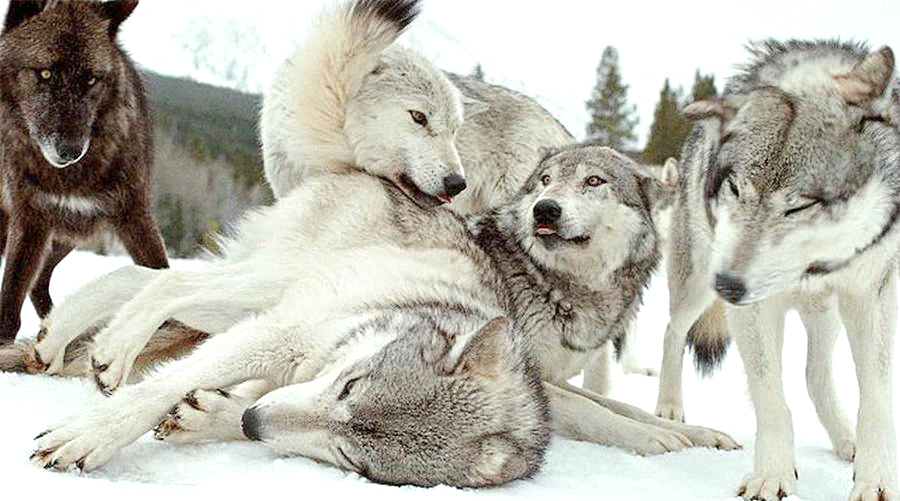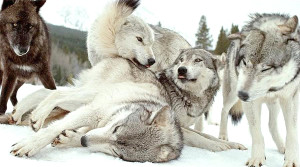What Yellowstone wolves teach us about nature’s balance
Back in 1995, many people struggled to comprehend what scientists at Yellowstone National Park were up to.
After 70 years of a wolf-free ecosystem within the 2,219,789-acre park, experts wanted to re-introduce the predator.
The news caused quite a stir at the time as many feared the wolves would decimate the deer, elk and other prey animals throughout the 63-mile by 54-mile terrain.
There was much concern about how it would damage the park’s ecosystem and cause a large ripple effect across species lines.
But the scientists and other wildlife officials proceeded with the plan, capturing 14 wolves in January 1995 from Jasper National Park in Alberta, Canada, and releasing them into Yellowstone after a three-month acclimation period. A year later, 17 additional Canadian wolves were released into Yellowstone. These were the last wolves relocated into the park within the past 18 years.
Natural reproduction and survival patterns took things from there, with as many as 171 wolves prowling the park as recently as 2007.
In 2009, the wolves in that part of the country were officially removed from the endangered species list and since then, thanks to human hunting efforts, the population has fluctuated to a more sustainable level.
The real story within this comes down to two words: Trophic cascade.
As many had feared, the wolf introduction had a massive effect on all levels of the ecosystem.
Of course, the wolves reduced the local deer herd, but more importantly, they changed the behavior of the deer and elk populations. They began to avoid certain areas where the wolves could more easily attack them, such as valleys and other low-lying regions.
This allowed the plant life to explode, and quickly forests of Aspen and other species were sprouting. This attracted more varieties of birds and other wildlife. Beavers, for example, saw an exponential growth as more and more willow was left ungrazed by elk. In 2001, only one beaver dam was known within Yellowstone. By 2011, that number jumped to nine dams.
The additional plant life helped to reduce erosion and, with the beaver dams, started altering the course of rivers and other waterways. This created new pond and marsh habitats for moose, otters, mink, wading birds, waterfowl, fish, amphibians and more.
The carcasses left behind by wolf kills created more scavenging opportunities, and a population boom, for ravens, wolverines, bald eagles, golden eagles, grizzly bears, black bears, jays, magpies, martens and coyotes. More plant life and better habitat drew more rabbits, mice and other critters that, in turn, helped increase hawk, fox and badger numbers.
This top-down effect of re-introducing an “apex” predator is called trophic cascade.
The situation does a great job of illustrating just how interconnected our ecosystems really can be. One simple change nearly two decades ago has drastically altered the natural enviroment for so many species.
While relocating a few skunks or other “pest” animals from our more urban areas back into other wild ecosystems may not have the same effect as completely re-introducing wolves into Yellowstone 20 years ago, it can still have a massive effect on the habitat and species that rely on the delicate balance within.


